Pecan Downy Spot Control – How To Treat Downy Spot Of Pecans
Downy spot of pecans is a fungal disease caused by the pathogen Mycosphaerella caryigena. While this fungus only attacks foliage, severe infection can result in premature defoliation which affects the overall vigor of the tree, thus pecan downy spot control is integral to the health of the pecan tree. How do you treat pecan downy spot? The following article contains information on pecan downy spot symptoms and tips for treating a pecan tree with downy spot.
Pecan Downy Spot Symptoms
Downy spot of pecan symptoms usually manifest in late June to early July. Primary infection of new spring leaves stems from spores that have overwintered in old, dead leaves. The actual sign of a pecan tree with downy spot occurs near bud break in the spring. Downy spots appear in the late summer on the underside of new leaves. This downiness is caused by innumerable spores on the surface of the lesion. The spores are then spread by wind and rain to nearby leaves. Once the spores have distributed, the lesions turn a greenish yellow. Later in the season, these downy spots become brown due to cell death in the diseased lesion. They then take on a frosty appearance and the infected leaves often drop prematurely.
How to Treat Pecan Downy Spot
All pecan cultivars are somewhat susceptible to downy spot, but Stuart, Pawnee, and Moneymaker are by far the most vulnerable. The fungus survives the winter in infected leaves from the previous season and is fostered by cool, cloudy days with frequent rains. Pecan downy spot control depends on preventative fungicide sprays applied at budbreak. Even the application of fungicidal sprays may not entirely control pecan downy spot, but it should reduce the primary infection. Remove and destroy any fallen leaves from the previous year well before budbreak. Also, plant resistant or tolerant cultivars like Schley, Success, Mahan, and Western. Unfortunately, you may be swapping one problem for another since Schley and Western are vulnerable to pecan scab while Success and Western are susceptible to shuck dieback.
Gardening tips, videos, info and more delivered right to your inbox!
Sign up for the Gardening Know How newsletter today and receive a free copy of our e-book "How to Grow Delicious Tomatoes".

Amy Grant has been gardening for 30 years and writing for 15. A professional chef and caterer, Amy's area of expertise is culinary gardening.
-
 4 Superfast Composting Methods: Turn Waste Into Garden Gold In 30 Days Or Less
4 Superfast Composting Methods: Turn Waste Into Garden Gold In 30 Days Or LessTry the fastest composting methods to turbocharge your pile and transform kitchen scraps and garden waste into finished compost in just a few weeks.
By Mary Ellen Ellis
-
 Best Spider Plant Soil – Complete Soil Guide And Expert Tips For Keeping Plants Happy
Best Spider Plant Soil – Complete Soil Guide And Expert Tips For Keeping Plants HappySpider plants are fun and easy plants to grow, but what is the best soil for a spider plant? Selecting the right soil is important so they can thrive.
By Bonnie L. Grant
-
 From Harvest To Table: How To Make The Perfect Pecan Pie
From Harvest To Table: How To Make The Perfect Pecan PieFall is pecan harvest time, which means it’s also time for the perfect pecan pie recipe. Read on for more.
By Amy Grant
-
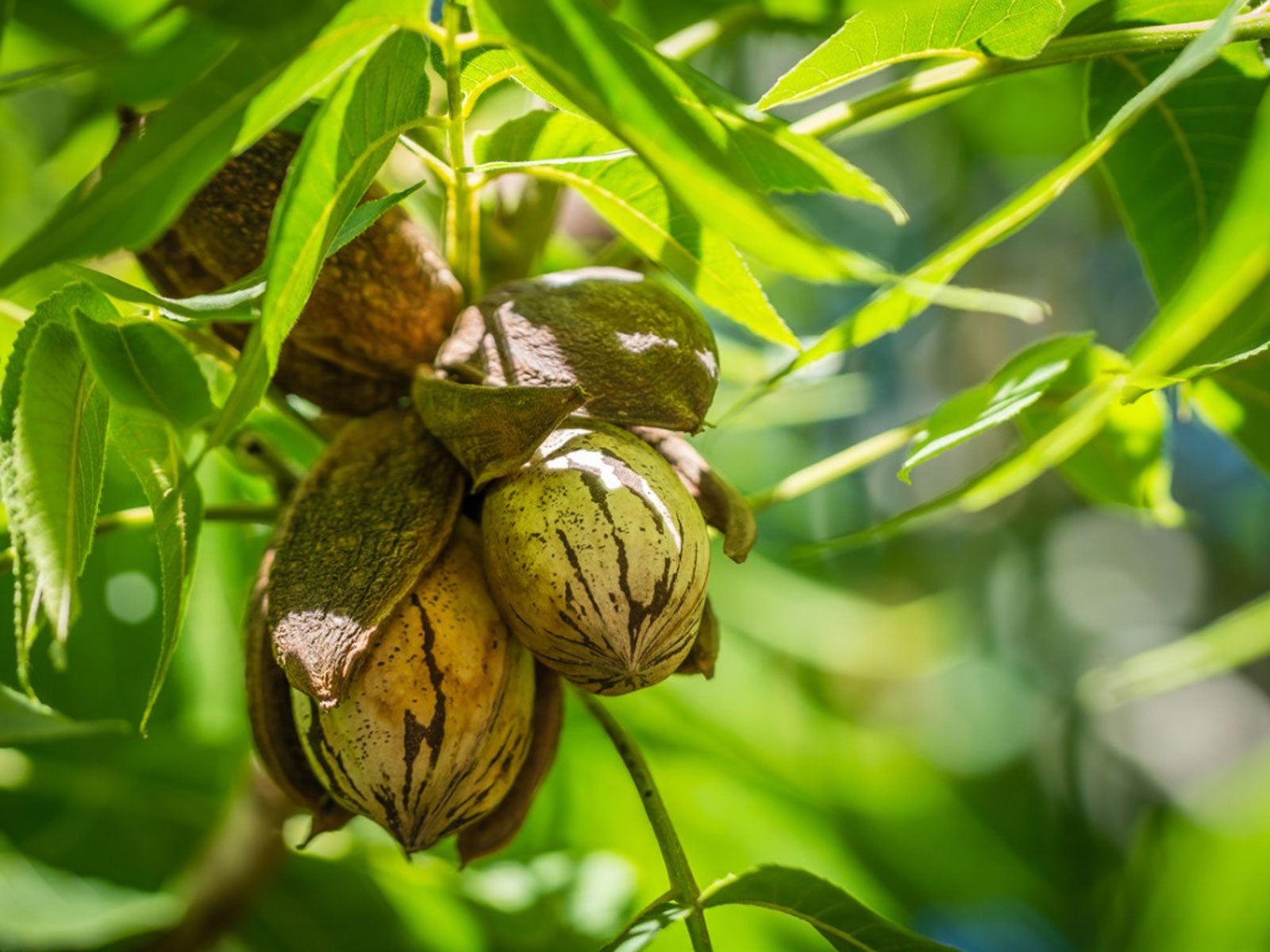 Root Pecan Cuttings – Can You Grow Pecans From Cuttings
Root Pecan Cuttings – Can You Grow Pecans From CuttingsPecans are delicious, so much so that if you have a mature tree, your neighbors are likely envious. You may want to root pecan cuttings in order to grow a few trees for gifting. Will pecans grow from cuttings though? Click here for info on pecan cutting propagation.
By Teo Spengler
-
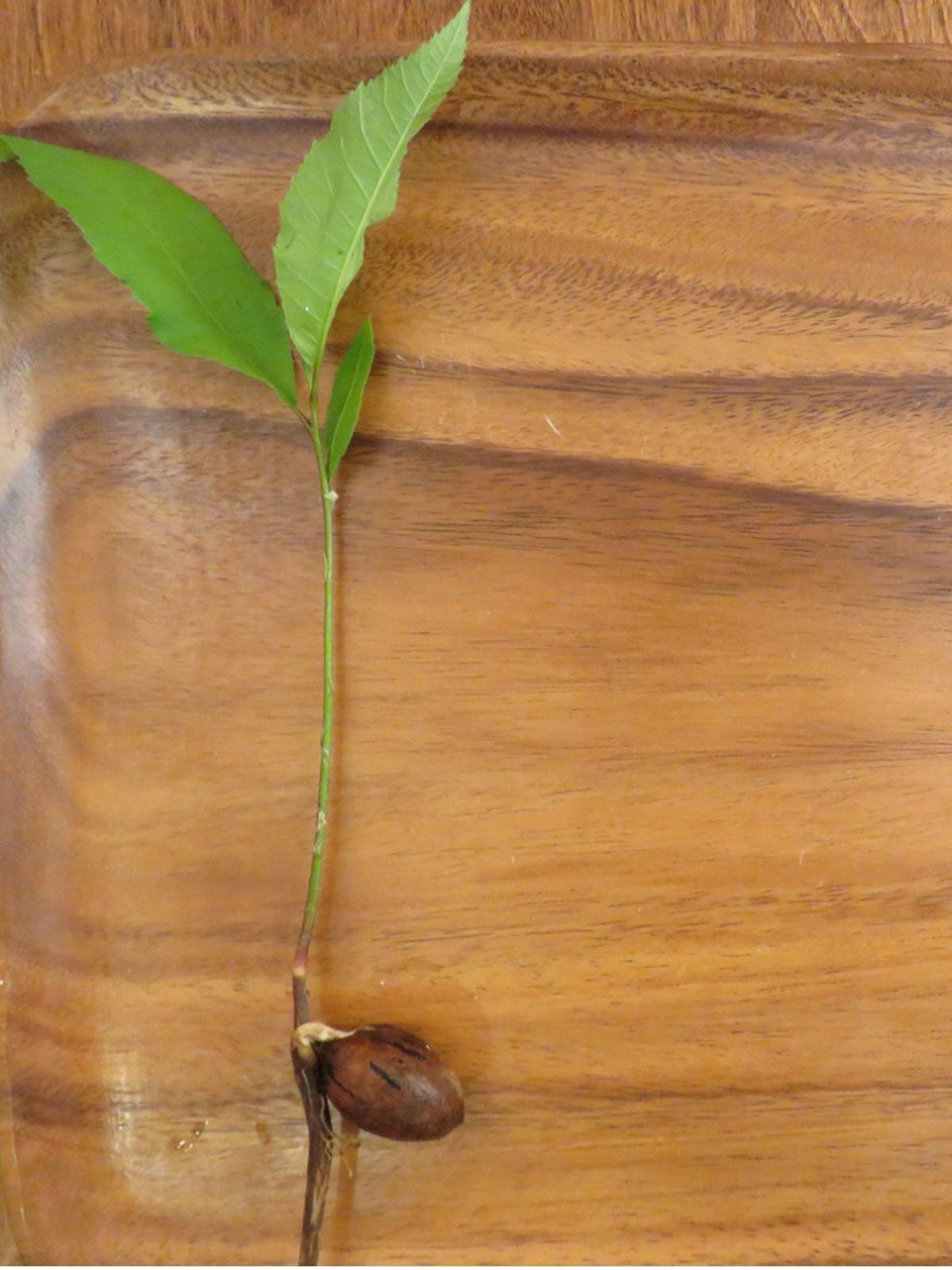 How To Plant Pecans: Learn About Sowing Pecan Seeds
How To Plant Pecans: Learn About Sowing Pecan SeedsGrowing pecans from seed is not as simple as it sounds. Sowing pecan seeds is only one step in a complex process of growing a nut producing tree. Can you plant a pecan seed? Click here to find out and get tips on how to plant pecans and pecan seed germination.
By Teo Spengler
-
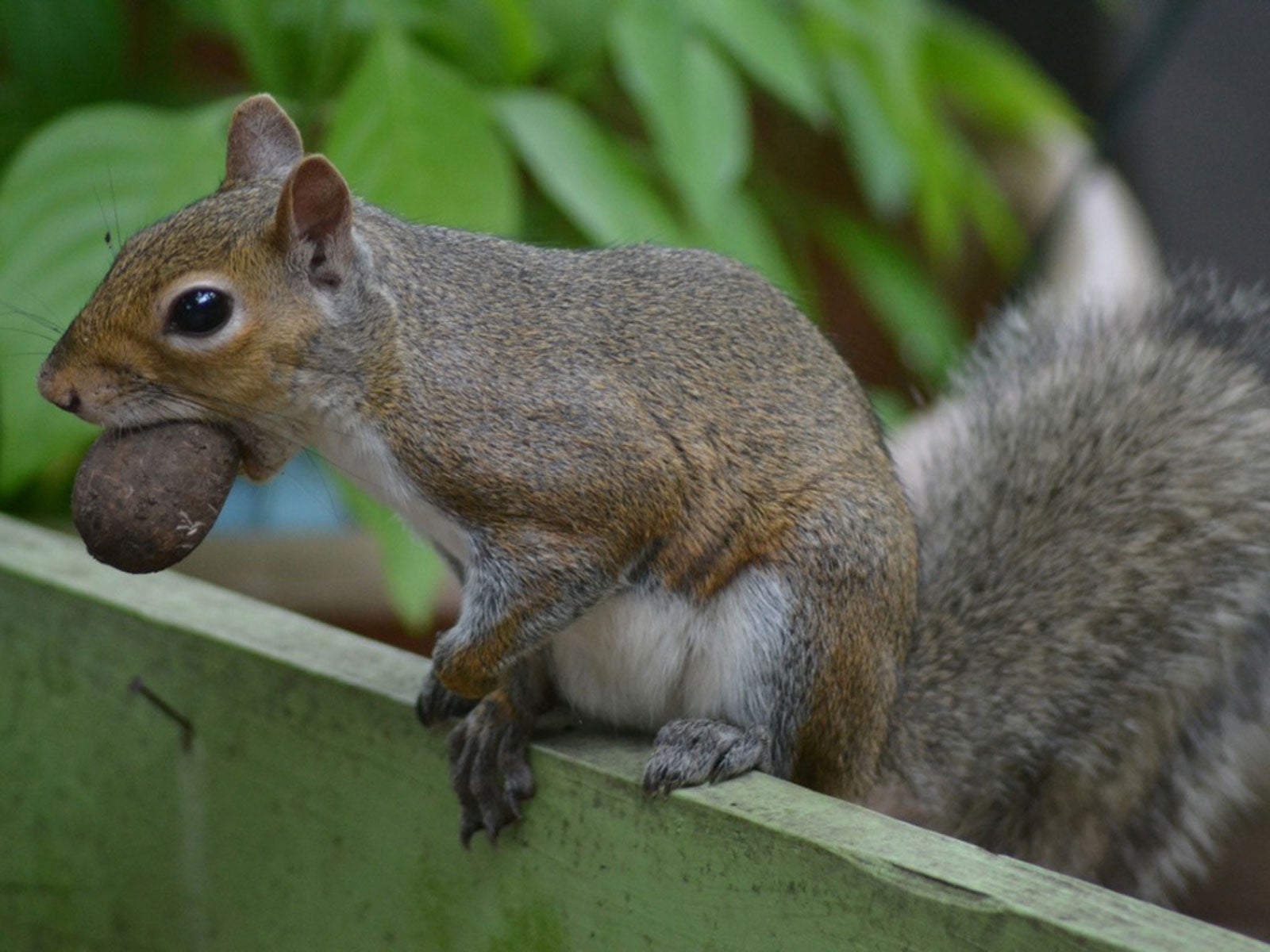 Help, Pecans Are Gone: What’s Eating My Pecans Off The Tree
Help, Pecans Are Gone: What’s Eating My Pecans Off The TreeIt’s definitely unpleasant to walk outside to admire your pecan tree and find half your nuts are gone! You may begin to wonder what could be eating your pecans. Click this article for ideas on different pests that eat pecans so you can save more of the tasty nuts for yourself.
By Teo Spengler
-
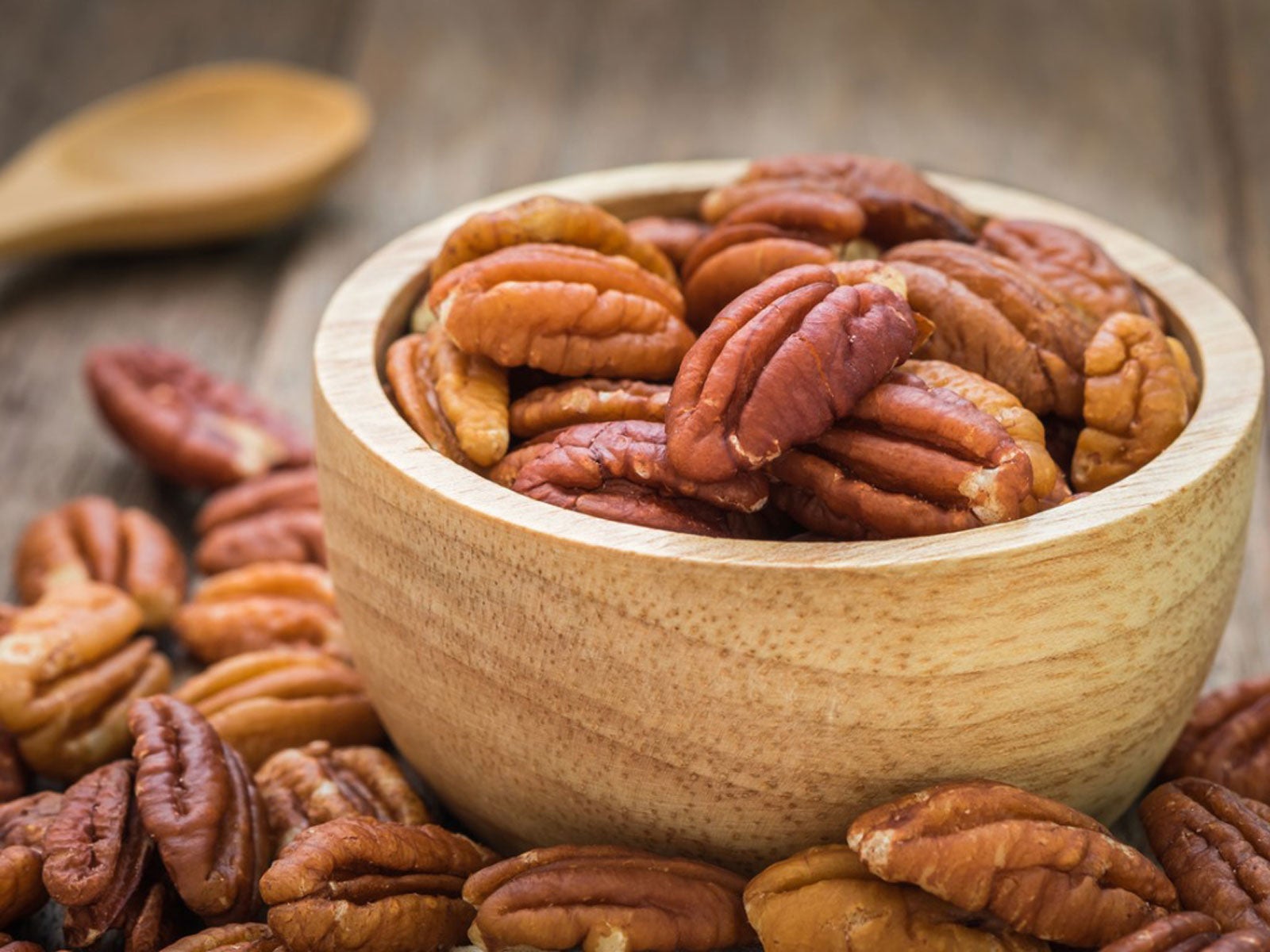 Using Pecans In The Kitchen: What To Do With Pecans
Using Pecans In The Kitchen: What To Do With PecansWith such a large quantity of nut production, one might wonder what to do with pecans. Cooking with pecans is the most common of uses, but there are other ways of using pecans. If you are lucky enough to have access to a pecan tree, learn how to use pecans here.
By Amy Grant
-
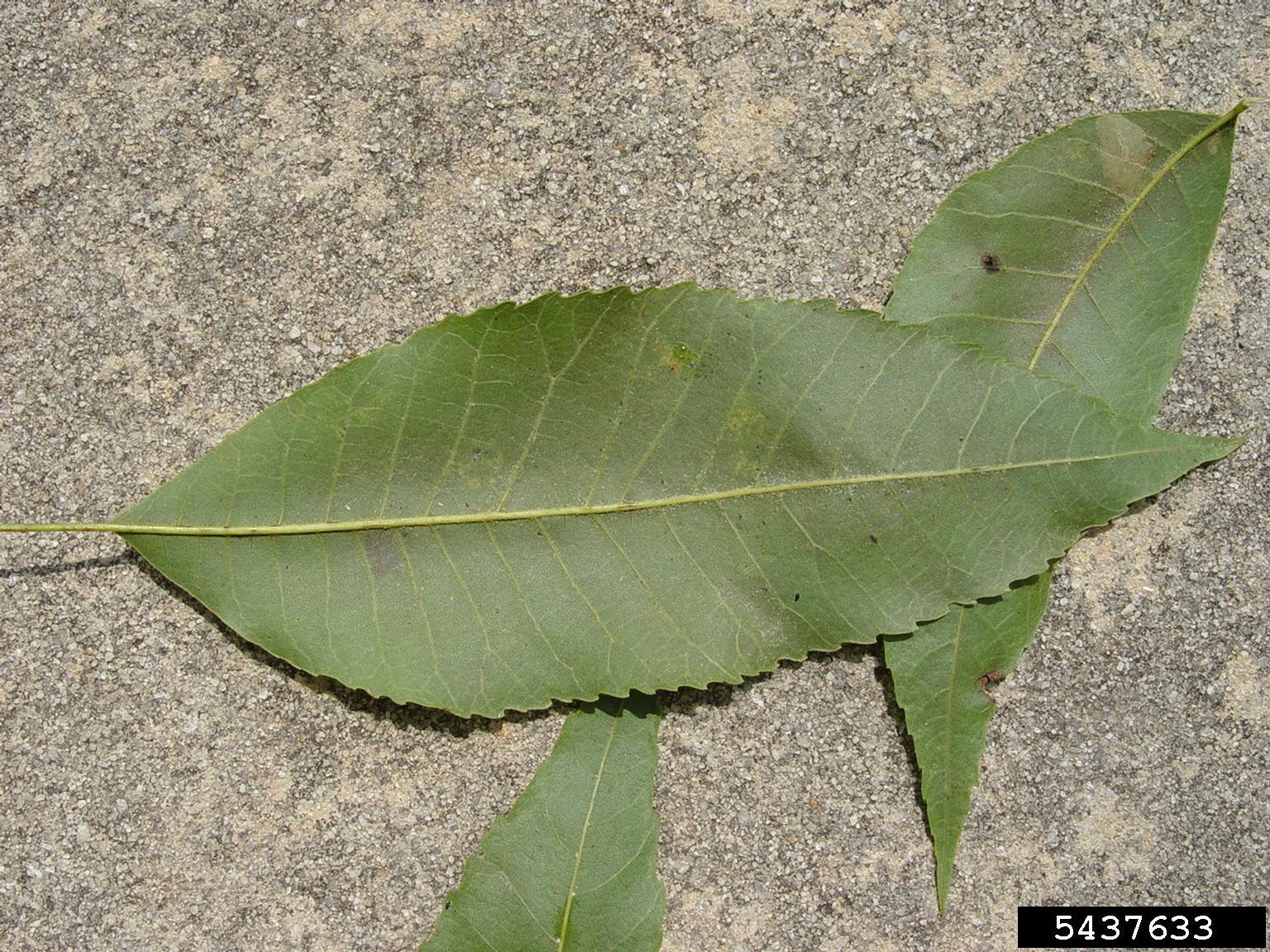 Pecan Bacterial Leaf Scorch: Treating Bacterial Leaf Scorch Of Pecans
Pecan Bacterial Leaf Scorch: Treating Bacterial Leaf Scorch Of PecansWhile pecan bacterial leaf scorch (PBLS) does not kill pecan trees, it can result in significant losses. The following article discusses the symptoms and treatment for a pecan tree with bacterial leaf scorch. Click here for more information.
By Amy Grant
-
Pecan Vein Spot Control – Learn About Pecan Vein Spot Disease
Pecan vein spot disease is caused by the fungus Gnomonia nerviseda. The disease does not appear on shoots or nuts, only foliage and only in pecan trees. The good news is that the disease is infrequent, causes little crop loss and can be prevented. This article will help.
By Bonnie L. Grant
-
 Is Ball Moss Bad For Pecans – How To Kill Pecan Ball Moss
Is Ball Moss Bad For Pecans – How To Kill Pecan Ball MossPecan ball moss control isn’t easy, and even if you manage to remove most ball moss in pecan trees, it’s nearly impossible to remove all the seeds. So, the burning question is, what can you do about ball moss in pecan trees? Click this article to learn more.
By Mary H. Dyer